Bo Kho Beef Stew: The Vietnamese Comfort Food You Didn’t Know You Needed
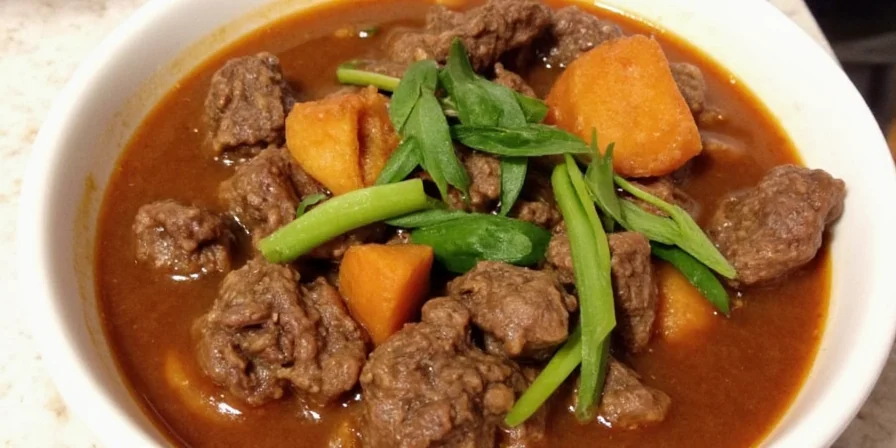
Description
When it comes to comfort food with global spice charm, Vietnamese Beef Stew (Bo Kho) stands out like a warm hug on a rainy day. Rich in spices, tender in texture, and fragrant beyond words, this dish is more than just a stew — it’s a culinary journey through Vietnam’s flavorful history.
In this article, we’ll dive deep into the aromatic world of Bo Kho, uncovering its key spices, practical cooking tips for home chefs, and how it fits into the broader narrative of Global Spice Traditions. Whether you’re a seasoned pro or a curious kitchen explorer, this guide has something for everyone.
Table of Contents
- What is Bo Kho?
- The Spice Lineup Behind the Magic
- 7 Practical Cooking Tips for Perfect Bo Kho
- How Bo Kho Fits Into Global Spice Traditions
- Serving Suggestions & Variations
- Spice Comparison Table
- Frequently Asked Questions
- Summary
What Exactly Is Bo Kho?
Contrary to what some may think, Bo Kho isn’t your average beef stew. Originating from southern Vietnam, especially Ho Chi Minh City (Saigon), this dish features chunks of marinated beef slowly braised in a rich, spiced broth until fork-tender perfection.
But here’s the twist — instead of the usual Western stew base of carrots and potatoes, Bo Kho leans heavily into Southeast Asian flavors. It often includes ingredients like lemongrass, star anise, and fish sauce, creating a flavor profile that’s both hearty and delicately aromatic.
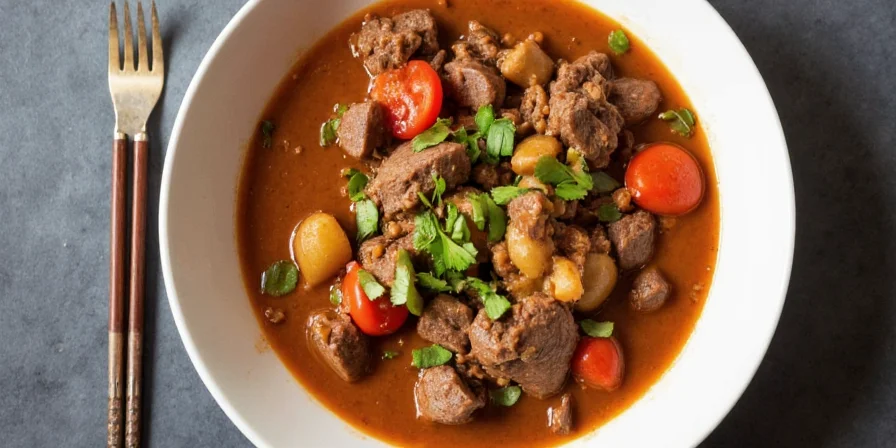
The Spice Lineup Behind the Magic
One of the most intriguing aspects of Bo Kho is its use of spices — a mix that might look familiar if you’ve ever explored Indian or Middle Eastern cuisine. But in Bo Kho, these spices are used with restraint, allowing the beef to shine while still offering warmth and complexity.
Here are the main spices that bring Bo Kho to life:
- Star Anise: Adds a sweet licorice note that lingers in every spoonful.
- Cinnamon Stick: Offers warmth and depth without overpowering the dish.
- Cloves: A few whole cloves add a subtle earthiness.
- Fennel Seeds: Bring mild sweetness and help round out the spice blend.
- Black Pepper: Often freshly ground, it enhances the savoriness.
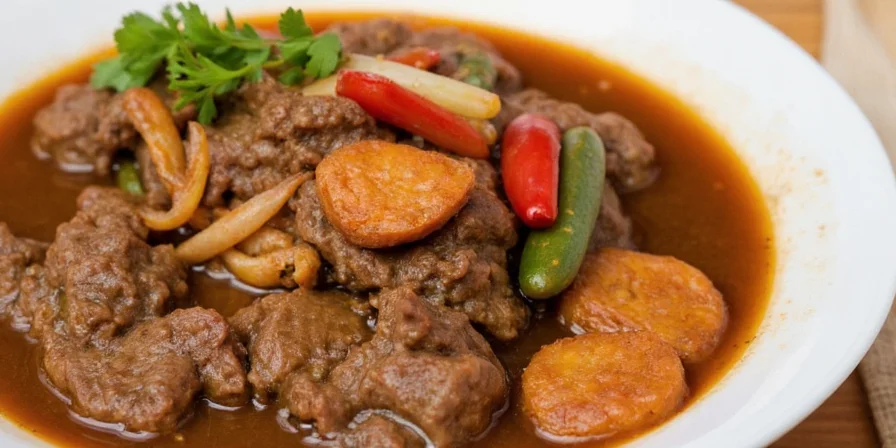
7 Practical Cooking Tips for Perfect Bo Kho
Want to nail the perfect pot of Bo Kho at home? Here’s your cheat sheet for success:
- Brown the Beef First: This creates a beautiful Maillard crust, adding layers of flavor.
- Toast the Spices: Dry-toasting spices before adding them to the pot unlocks their full aroma.
- Use Bone-In Cuts: Beef shank or short ribs work best — the connective tissue melts into gelatin, giving richness.
- Add Tomato Paste: Just a touch balances the spices and gives a slight tangy backbone.
- Simmer Slowly: Low and slow wins the race — aim for at least 2–3 hours.
- Let It Rest: Like all great stews, Bo Kho tastes even better the next day as flavors meld together.
- Adjust Spice Level Gradually: Taste as you go — you can always add more, but not take away!
How Bo Kho Fits Into Global Spice Traditions
Spices have shaped human civilization for centuries, from the Silk Road to colonial trade wars. In modern times, we celebrate their cultural blending — and Bo Kho is a prime example of cross-continental spice love.
Vietnam’s proximity to China and India, along with French colonial influence, means Bo Kho’s spice palette isn’t purely local. Instead, it borrows elements from multiple traditions:
- Chinese Influence: Star anise and cinnamon are staples in Chinese five-spice powder.
- Indian Touch: Cloves and fennel seeds echo Indian masala blends.
- French Inspiration: The concept of slow-cooked meat in a broth resembles French pot-au-feu.
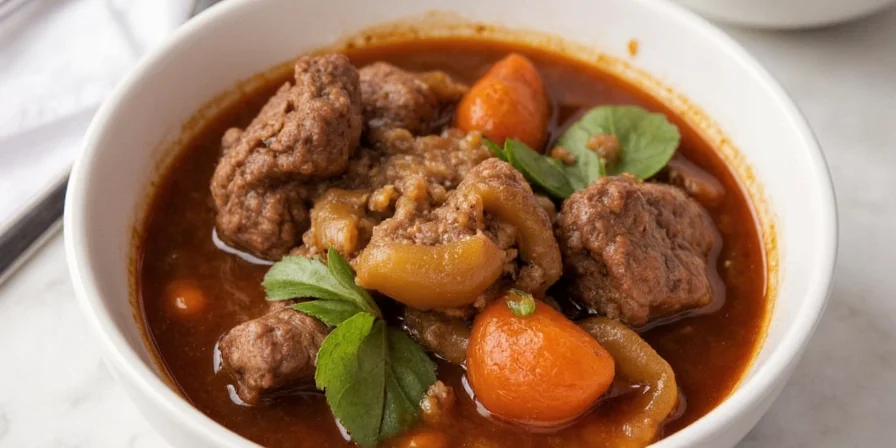
Serving Suggestions & Variations
Traditionally, Bo Kho is enjoyed with a baguette — a remnant of French colonization — which makes it the ultimate Vietnamese-French fusion street food. However, there are plenty of ways to enjoy this dish:
- Classic Style: Serve with crusty bread or steamed rice.
- Noodle Lovers’ Version: Turn it into a soup by adding vermicelli noodles and herbs.
- Healthy Twist: Swap bread for cauliflower rice or serve over quinoa.
- Protein Swap: Use lamb or chicken for a different spin.
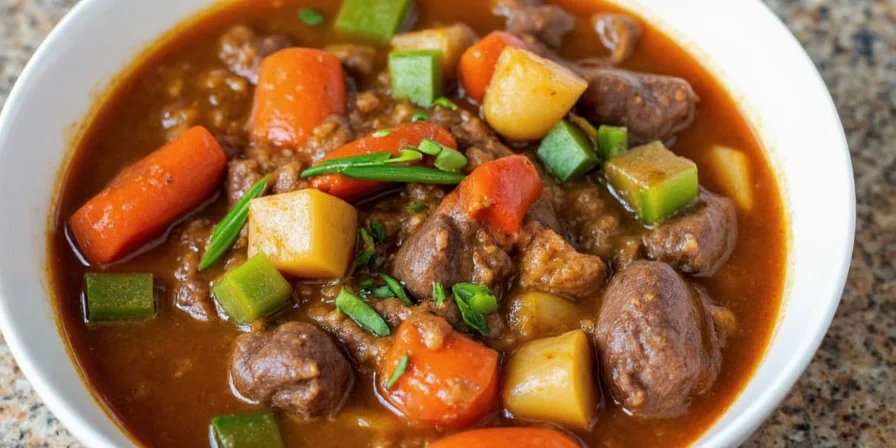
Spice Comparison Table: Bo Kho vs Other Global Stews
| Dish | Key Spices | Origin | Flavor Profile | Similarities to Bo Kho |
|---|---|---|---|---|
| Bo Kho | Star anise, cinnamon, cloves, fennel seeds | Vietnam | Sweet, savory, aromatic | Slow-braised meat, complex spices |
| French Pot-au-Feu | Parsley, bay leaf, thyme | France | Earthy, herbal | Braising technique, bread pairing |
| Italian Osso Buco | Gremolata (lemon, garlic, parsley) | Italy | Citrusy, bold | Tender meat, herb garnish |
| Indian Rogan Josh | Kashmiri chili, cardamom, cloves | India | Spicy, fragrant | Use of spices like cloves and cinnamon |
| Moroccan Lamb Tagine | Cumin, paprika, ginger | Morocco | Earthy, warm | Slow-cooking method, aromatic spices |
Frequently Asked Questions About Bo Kho
Can I Make Bo Kho in a Pressure Cooker?
Absolutely! Reduce cooking time to about 45 minutes using a pressure cooker. Just remember to let the pressure release naturally for better tenderness.
Is There a Vegetarian Version?
You bet! Substitute beef with mushrooms, eggplant, or jackfruit. Adjust spices slightly for a more balanced vegetarian version.
How Long Can I Store Leftovers?
Bo Kho keeps well in the fridge for up to 4 days or in the freezer for 3 months. Reheat gently to preserve texture and flavor.
Why Is My Bo Kho Too Salty?
If you find it overly salty, dilute the broth with a bit of water or coconut milk. Next time, reduce the amount of fish sauce added during cooking.
Can I Use Fresh Herbs During Cooking?
It’s best to add fresh herbs like cilantro and Thai basil at the end. Adding them too early can dull their vibrant aroma.
Summary: Spice Up Your Life with Bo Kho
Bo Kho isn’t just a dish — it’s a delicious testament to how cultures come together through the universal language of flavor. From its humble beginnings on the streets of Saigon to becoming a beloved staple in kitchens around the world, Bo Kho proves that good food knows no borders.
Whether you’re chasing warmth on a cold evening or looking to explore new culinary horizons, Bo Kho deserves a spot on your menu. Armed with these spice secrets and practical tips, you're ready to master this Vietnamese gem at home — one spoonful at a time.
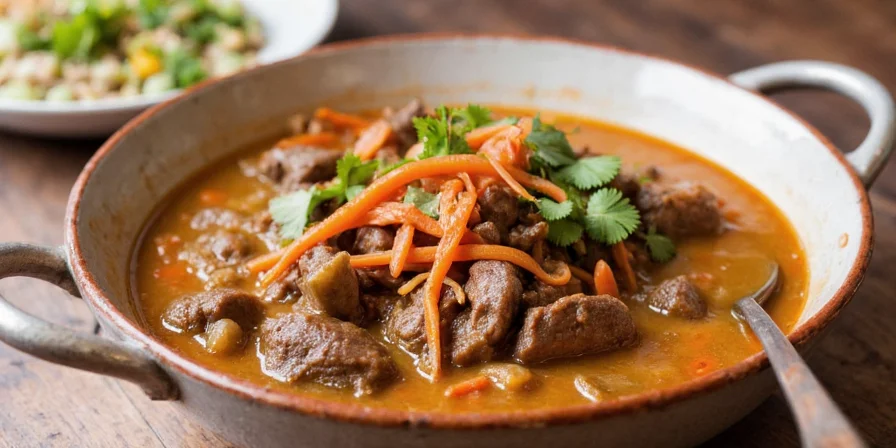

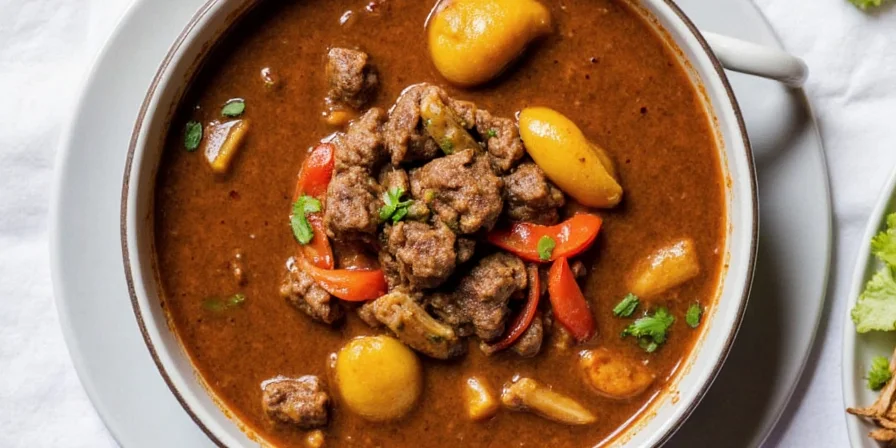









 浙公网安备
33010002000092号
浙公网安备
33010002000092号 浙B2-20120091-4
浙B2-20120091-4